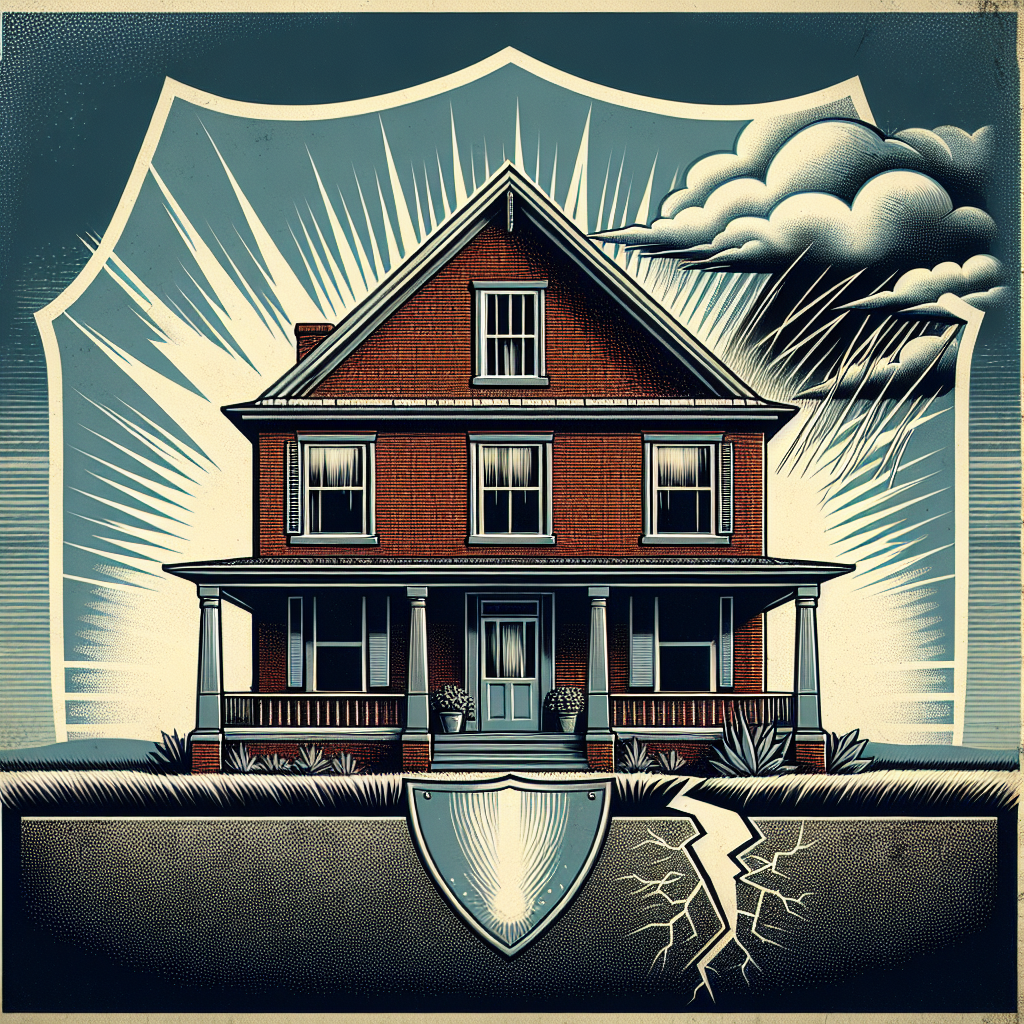Filed under Home Insurance on
Determining Your Ideal Home Insurance Coverage

When it comes to protecting your biggest investment—your home—it’s imperative to ensure that you have the right home insurance coverage. Inadequate coverage could leave you vulnerable to potentially ruinous costs, while over-insuring might result in unnecessarily high premiums. Understanding how to determine your ideal home insurance coverage is key. This guide aims to help you navigate through the process of selecting the perfect insurance policy tailored to your needs, balancing cost with protection, and ensuring peace of mind.
Understanding Home Insurance Coverage
Home insurance policies are designed to protect homeowners against a variety of risks. These typically include damage to the home itself, loss or theft of personal possessions, and liability for accidents that occur on the property. However, not all policies are the same, and determining your ideal home insurance coverage requires a comprehensive understanding of what’s on offer.
Types of Home Insurance Coverage
Home insurance generally encompasses several types of coverage:
- Dwelling Coverage: Protects the structure of your home from perils such as fire, storms, and vandalism.
- Personal Property Coverage: Covers personal belongings inside the home, including furniture, electronics, and clothing.
- Liability Protection: Provides financial protection against lawsuits for bodily injury or property damage caused by you, your family members, or pets.
- Additional Living Expenses (ALE): Pays for the extra costs of living elsewhere if your home is uninhabitable due to a covered peril.
Assessing Your Coverage Needs
Determining your ideal home insurance coverage involves a meticulous assessment of your personal situation and risk exposure. Here’s how to get started:
Evaluating Your Home’s Rebuilding Cost
The primary factor in determining dwelling coverage is the cost to rebuild your home. This doesn’t mean its market value, but rather the actual cost to repair or rebuild it using current material and labor prices. Consult with builders or use online calculators to estimate this figure accurately.
Valuing Your Belongings
To determine personal property coverage, create an inventory of your possessions. Use receipts, photos, or videos to document items and their values. Consider high-value items such as jewelry or artwork, which might need separate endorsements due to policy limits on coverage for specific categories.
Understanding Liability Risks
Liability coverage is crucial if you entertain frequently or have potentially hazardous features on your property, like a swimming pool. Analyze your lifestyle and risks to decide on appropriate liability limits.
Deciding on Coverage Amounts
The 80% Rule
Many insurers follow the 80% rule, which requires homeowners to carry coverage equal to at least 80% of their home's replacement cost to receive full compensation for partial losses. Opting for less reduces your claim payout, so it’s generally wise to follow this guideline when determining your ideal home insurance coverage.
Adjusting Deductibles
Your deductible—the amount you pay out-of-pocket before insurance kicks in—affects your premium. A higher deductible means lower premiums but more upfront costs if a claim occurs. Balance your deductible choice with your financial ability to cover unexpected costs.
Consulting with Insurance Experts
While it’s beneficial to conduct personal research, consulting with industry experts provides nuanced insights into determining your ideal home insurance coverage. Insurance agents can offer tailored advice based on regional risks and insurance trends. Consider the following:
- Risk Factors: Agents can identify specific risks like weather patterns or crime rates affecting your area.
- Policy Comparisons: Professionals provide comparisons between different policies, helping you choose the best fit for your needs and budget.
Considering Riders and Endorsements
Standard policies may not cover all potential risks, so consider adding riders or endorsements for added protection:
- Flood Insurance: Standard home insurance typically doesn’t cover floods. In flood-prone areas, additional coverage is crucial.
- Earthquake Insurance: In regions susceptible to earthquakes, purchasing separate earthquake insurance might be necessary.
- Personal Property Riders: For valuable assets, consider riders to ensure full replacement value.
Trends in Home Insurance
Staying informed of the latest industry trends can influence your decision-making process. Here are some current trends impacting home insurance:
- Climate Change Impact: With increasing natural disasters, insurers are recalibrating premiums and coverage options. Understanding regional climate risks can help you anticipate changes in policy costs.
- Technological Advances: Smart home technology can reduce premiums by minimizing risks. Devices such as smoke detectors, security cameras, and leak sensors are being incentivized by insurers.
Reviewing and Adjusting Your Policy
Your circumstances and assets can change, necessitating a periodic review of your home insurance policy. This ensures that you are not over- or under-insured as your living situation evolves. Consider these factors:
- Major home renovations that could impact rebuilding costs.
- Accumulation of high-value items needing additional coverage.
- Changes in family dynamics, such as marriage or children, affecting liability needs.
Conclusion
Determining your ideal home insurance coverage isn’t a one-size-fits-all task. It requires a blend of assessing personal needs, understanding policy details, and staying informed about industry shifts. By meticulously evaluating your home’s replacement cost, personal belongings’ value, and potential liability risks, you can tailor a policy that provides optimal protection. Engaging with insurance experts and reviewing your policy regularly ensures that your coverage remains aligned with your lifestyle and property value.
In pursuit of peace of mind and financial security, remember that the right home insurance policy is more than a monthly premium. It’s a safeguard of your sanctuary and a protector of your investments. Choose wisely and tailor your coverage to fit your unique life and home.





